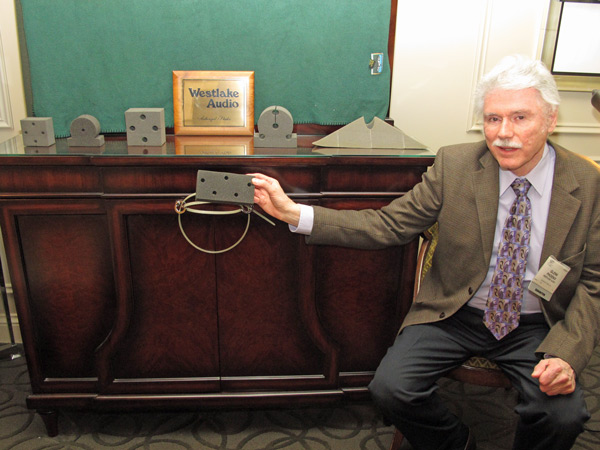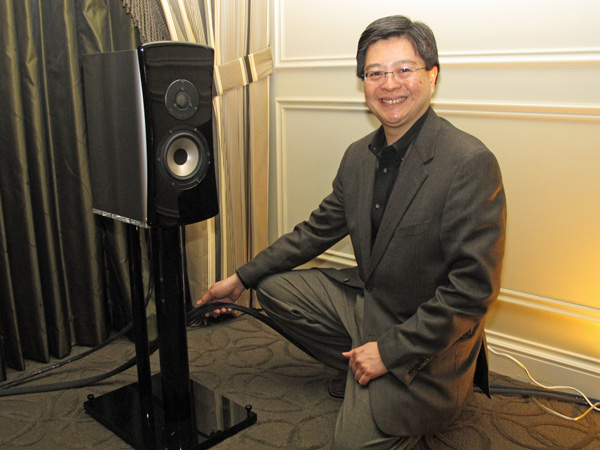
sonus faber choices
- Read more about sonus faber choices
- Log in or register to post comments
Hi All
Would you go for a used pair of Sonus Faber Guarneri Homage from 2002 or a new pair of a Cremona M Auditors.
Not sure how much I ought to pay for the Guarneri but they have not been used much I'm told.
I only listen to classical / jazz and have a Pathos Logos and Ayre DAC and some decent JPS Labs cables.
Any good alternative to Sonus Faber around to $5000-$7000 US ? Quads are an option but I don't have the space right now.
Advice please ?
Is there a Toslink tweak
- Read more about Is there a Toslink tweak
- Log in or register to post comments
Where did the passion go.
- Read more about Where did the passion go.
- Log in or register to post comments
Speakers Choice - In Limbo
- Read more about Speakers Choice - In Limbo
- Log in or register to post comments
Brand new to the Stereophile so your advice and opinions are highly appreciated.
A couple of months ago I decided to build my first ever analog system. It, being a beginner system, and because economics, I am thinking about spending $2,000-$3,000 on it. Ideally it would have to include tube pre-amp and amp, but I realize that might not be realistic so a tube integrated amplifier would do (even this might be out of budged as far as I know). The room is about 18' by 13'.
Liberals in Manhattan
- Read more about Liberals in Manhattan
- Log in or register to post comments
Prominent Conservative Women
- Read more about Prominent Conservative Women
- Log in or register to post comments
Westlake Audio’s Cable Muffs
Westlake Audio’s Cable Muffs

- Read more about Westlake Audio’s Cable Muffs
- Log in or register to post comments
Absolute Fidelity Interfaces
Absolute Fidelity Interfaces

- Read more about Absolute Fidelity Interfaces
- Log in or register to post comments

I've got the ASIO4ALL drivers installed finally after a bit of fiddling.
I tried the AQVOX drivers on my non-media server windows 7 PC and they installed easily enough but the beep every minute or so they impose on you with the trial version is extremely annoying and off-putting.
Sadly the uninstall does not work and did not remove the drivers from my system so I can't use my baby DAC until I figure out a way to properly clean out the installation.